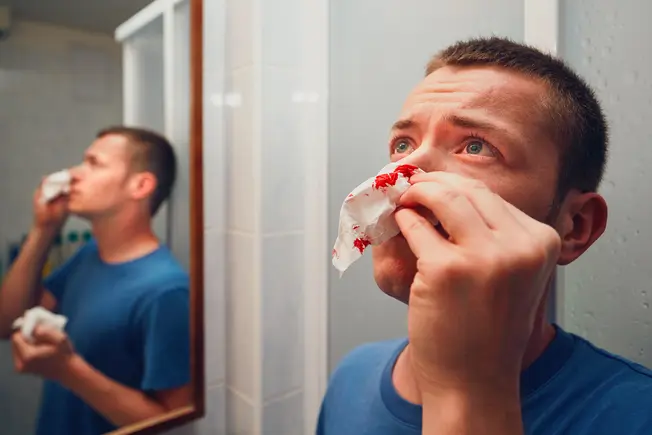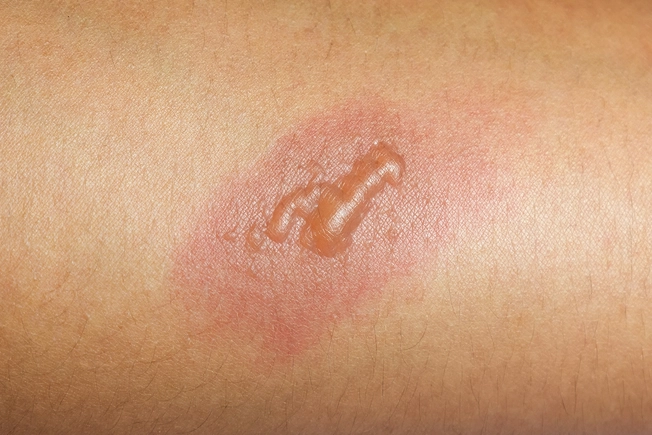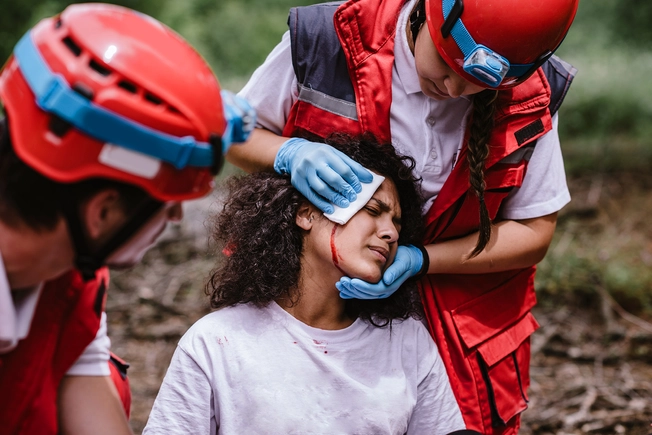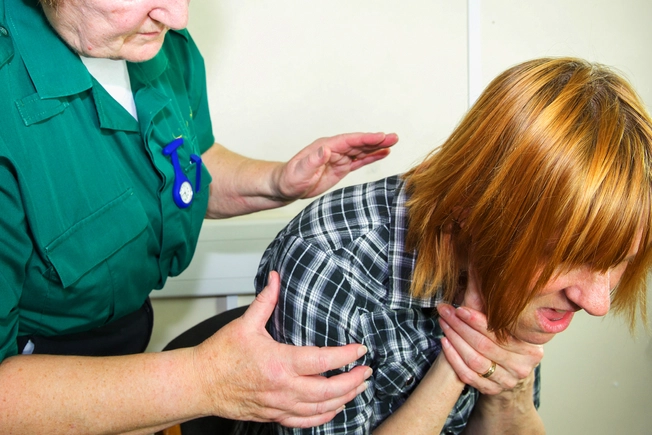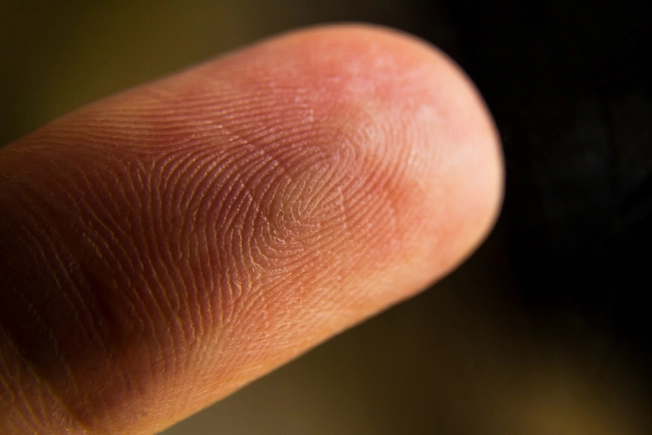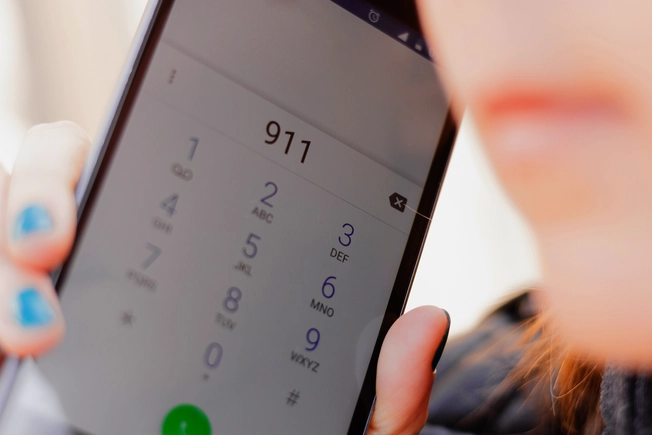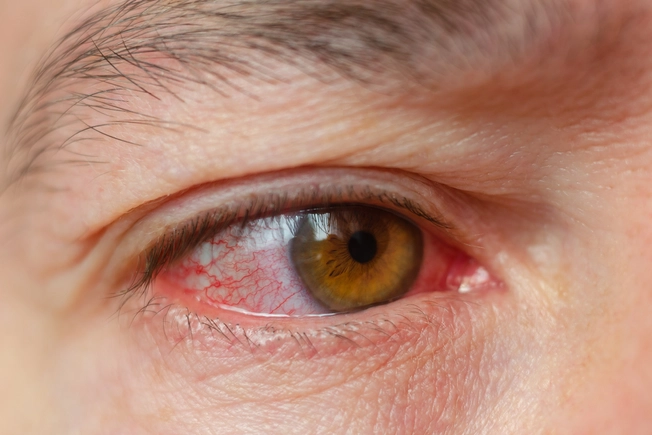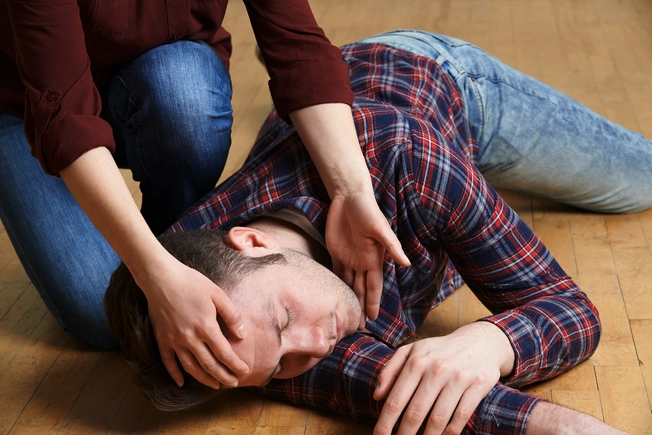
Introduction
1/14
Mnemonic devices — a set of letters or associations that help you remember things — are certainly helpful. But did you know that sometimes, they could also save your life?

FAST for Stroke Symptoms
2/14
The acronym FAST has long been the standard for recognizing stroke symptoms. Now BE- FAST is being used becaise of its more inclusive list:
- B — off balance, staggering or having leg weakness
- E –blurred or loss of vision in one or both eyes
- F — face drooping (ask the person to smile to check)
- A — arm weakness (to test, have them raise both arms)
- S — speech difficulty (test by having them repeat a simple sentence)
- T — time to call 911
Call 911 if someone shows sudden symptoms, like:
- Confusion
- Numbness
- Trouble seeing
- Trouble walking
- A very bad headache
Even if the symptoms pass, you should still go to the hospital.

CAB for CPR
3/14
Use CAB to remember the order of CPR steps:
- C for chest compressions
- A for airway
- B for breathing
Give 100-120 compressions per minute over the middle of the person’s chest to help blood pump to the brain.
After 30 chest compressions, tilt the head back and lift the chin. This helps open the airway.
If you’re trained in CPR, make a seal over the person’s mouth and pinch their nose shut before giving them two rescue breaths.

ABC for Bleeding
4/14
It’s critical to know how to stop serious bleeding if you or another person is injured. In that situation, remember the A-B-C of first aid for bleeding:
- Alert: Notify help or have someone do it for you, if possible.
- Bleeding: Find the location of the bleeding wound.
- Compress: Apply pressure to stop the flow of blood using a tourniquet. If you don’t have one, place bandages or a clean cloth on the wound and push directly on the wound with your hands.

Use RICE After an Injury
5/14
Remember RICE if you get hurt, like a knee or ankle sprain. It stands for:
- Rest. Rest and protect the injured area.
- Ice. Ice the area as soon as possible to help stop or lessen swelling and pain.
- Compression. Wrap the area with an elastic bandage to help lessen swelling. But don’t wrap it too tightly. That can make things worse.
- Elevation. Elevate the area at or above heart level with pillows when you lie or sit down. That will help the swelling go down.

PASS
6/14
The mnemonic device PASS can help you remember how to use a fire extinguisher correctly.
Here’s what PASS stands for:
- Pull the fire extinguisher’s pin.
- Aim the nozzle of the fire extinguisher at the base of the fire.
- Squeeze or press the fire extinguisher’s handle.
- Sweep from side to side until the fire is put out.

Survive a Terrorist Attack With ‘Run, Hide, Tell’
7/14
“Run, Hide, Tell” offers guidance to help you survive a terrorist or active shooter attack.
It means:
- Run. Run to a safe place as fast as you can. Don’t surrender or try to negotiate.
- Hide. Hide, especially if there’s nowhere to run. Try to barricade yourself in your hiding spot. Silence your phone right away — don’t use the vibrate setting.
- Tell. Tell the police by calling 911, but only when it’s completely safe.

Save Someone From Drowning With ‘Reach, Throw, Don’t Go’
8/14
When someone is drowning, you should never jump in to rescue them. Instead, remember “Reach, Throw, Don’t Go”:
- Reach. Reach for the person as you lie on your stomach so you’re not pulled into the water. If you can, try to use a long item that the person can grab.
- Throw. Throw an item that floats.
- Don’t go. Don’t jump into the water. Even if you think you can save yourself and the person, don’t jump in unless you have a float.

Avoid Poison Ivy With ‘Leaves of Three, Let It Be’
9/14
Poison ivy is a plant that has an oil that can irritate your skin. If you touch it or breathe smoke from the burning plant, you might have:
- Blisters
- Itching
- Redness
- Swelling
- Trouble breathing
You can recognize poison ivy from its three leaflets. Think of “Leaves of three, let It be.”
Another plant called Virginia creeper looks like poison ivy, but has five leaflets. You can remember that with, “Leaves of five, let it thrive.”

Remember STOP if You’re Lost
10/14
If you’re lost, don’t panic. Remember the acronym STOP, which stands for:
- Stop. Stop and recognize that you’re lost and could be in trouble.
- Think. Think clearly. Stay calm.
- Observe. Look around for food, water, fuel, and shelter. Also, look for landmarks that could help you later on.
- Plan. Look over what supplies you have and plan how to use them. Prepare for weather, nighttime, safety, and how to signal for a rescuer.

Know the ‘Rule of Three’ for Survival
11/14
The “Rule of Three” can help you survive, especially if you’re lost or in trouble. Remember, you can live:
- 3 minutes without air
- 3 hours without warmth
- 3 days without water
- 3 weeks without food

Recognize Hypothermia With ‘Umble’ Words
12/14
Hypothermia is when your body temperature gets below 95 F. This is a medical emergency.
To recognize when someone has hypothermia, remember the “umble” words: grumble, mumble, stumble, or fumble. These can be signs that a person’s body temperature is dangerously low. Other signs to look out for include:
- Shivering
- Exhaustion
- Confusion
- Memory loss
In babies, look for cold, red skin, and low energy.

‘Stop, Drop, Roll’ if You’re on Fire
13/14
If your clothes catch fire, remember “Stop, Drop, Roll.” That means:
- Stop. Stop right where you are.
- Drop. Drop to the ground. Cover your mouth and eyes with your hands to protect them.
- Roll. Roll over back and forth until the movement puts the flames out.

BRAT for Upset Stomach?
14/14
One mnemonic you may know isn’t used anymore. BRAT stands for the diet that some doctors used to suggest for an upset tummy, especially for kids:
- Bananas
- Rice cereal
- Applesauce
- Toast or Tea
These foods alone don’t have enough nutrients to help you get better. If you or your child have an upset stomach, eat what you normally do but stay away from spicy, fatty, or sugary foods. An over-the-counter electrolyte drink will help put back lost fluids.
